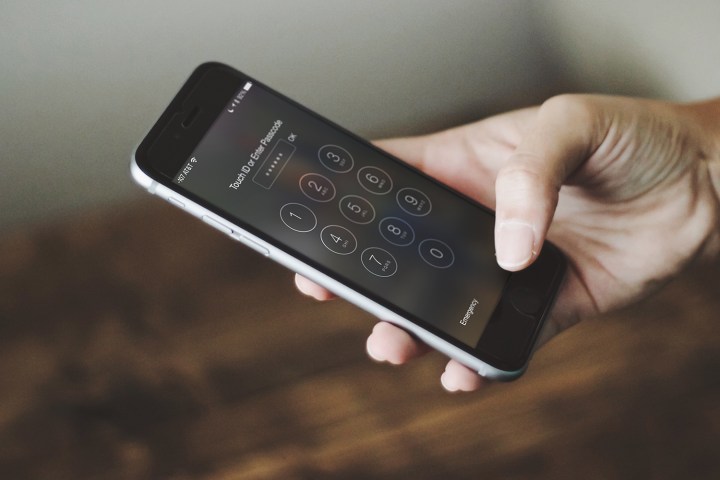
Called “Biometric Initiated Communication,” the technology relies on Touch ID’s ability to distinguish between different fingers, as well as the strength or position of each press of the home button. Apple was seemingly at one point considering allowing users to record certain fingers or patterns as a panic response, according to SlashGear. That trigger could be used to directly and discreetly alert emergency services, theoretically without alerting an assailant.
Personal safety has become an increasingly important consideration of mobile devices — particularly phones, as we carry them around with us all day. While this patent is roughly four years old at this point, Touch ID may not have been dependable enough at the time for Apple to launch such a feature, or it may have been scrapped for other reasons. As always with patents, there is the possibility it might eventually materialize for consumers one day — perhaps in the iPhone 8.
Granted, it’s not a perfect proposal, and maybe Apple felt it wasn’t effective enough at what it set out to do. There’s always the threat of accidentally setting off the panic function, if it’s too simple. However, a pattern or scheme that’s overly complex could be too difficult to trigger in a potential life-or-death situation. It’s a delicate balance to strike, and hopefully a phone maker will eventually stumble upon the right one.
In April 2016, India mandated that all smartphones must come equipped with a panic button of some sort before the end of the year. The law came as part of the government’s efforts to improve women’s safety and stamp out sexual assault. Eventually, the “button” arrived in several forms — one of which was a new national emergency number, 112, as India previously lacked a centralized emergency hotline, CNN reported at the time. The country’s Ministry of Communications and Information Technology also worked with phone manufacturers to make quickly pressing the power button three times another way to notify authorities.


